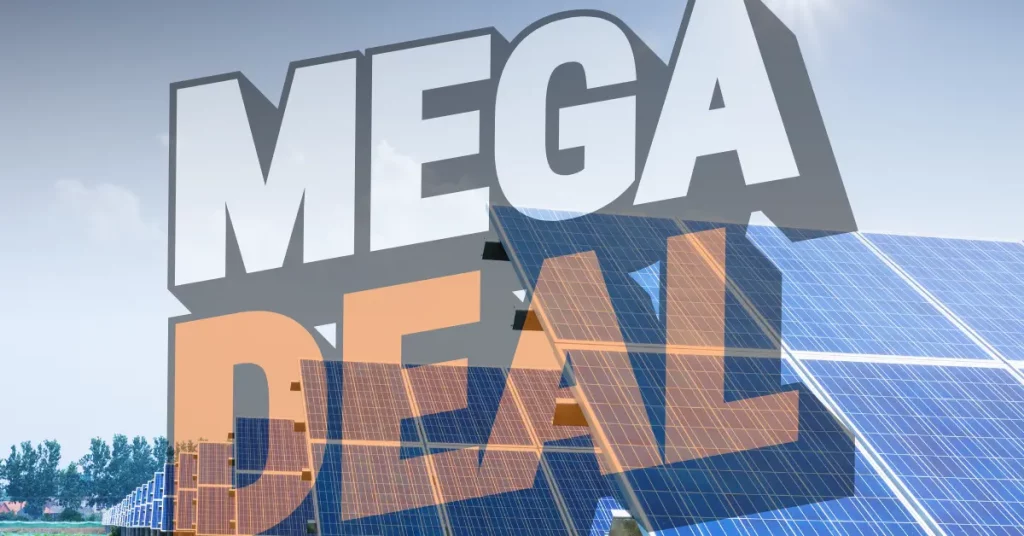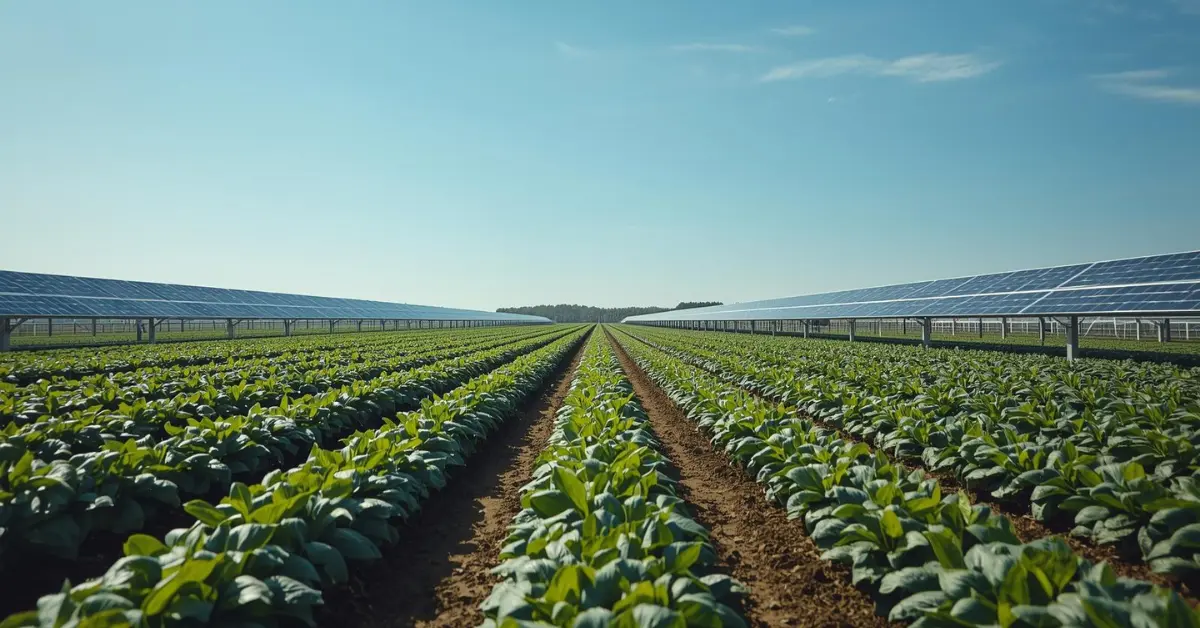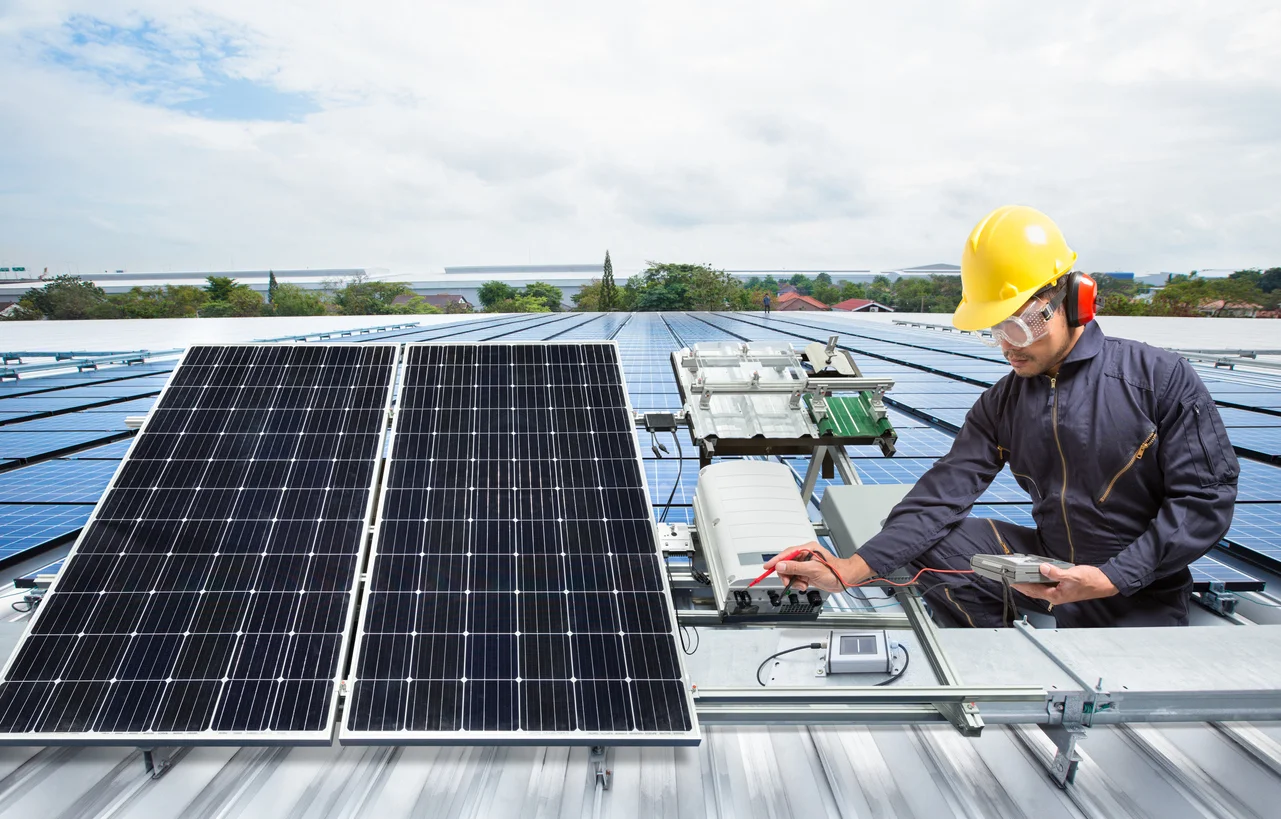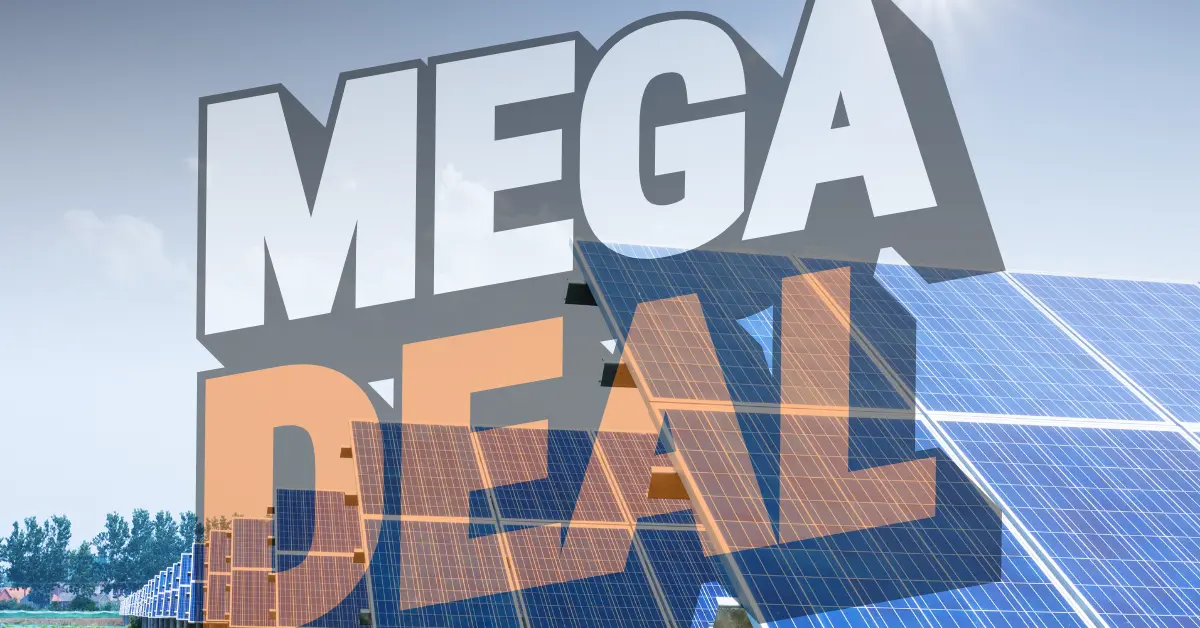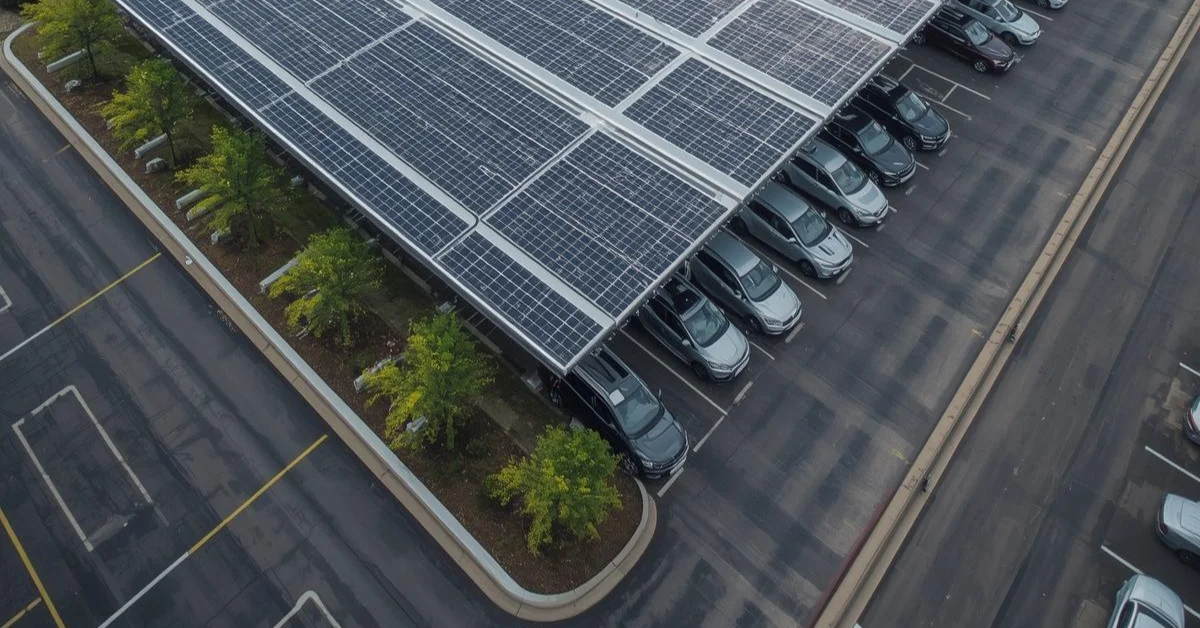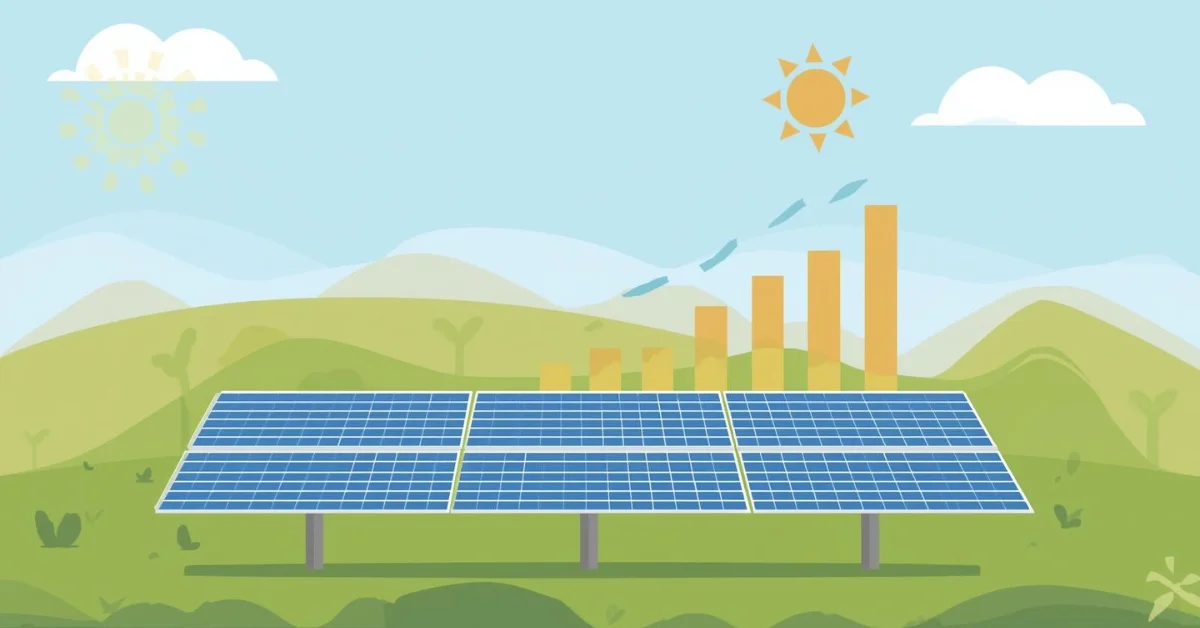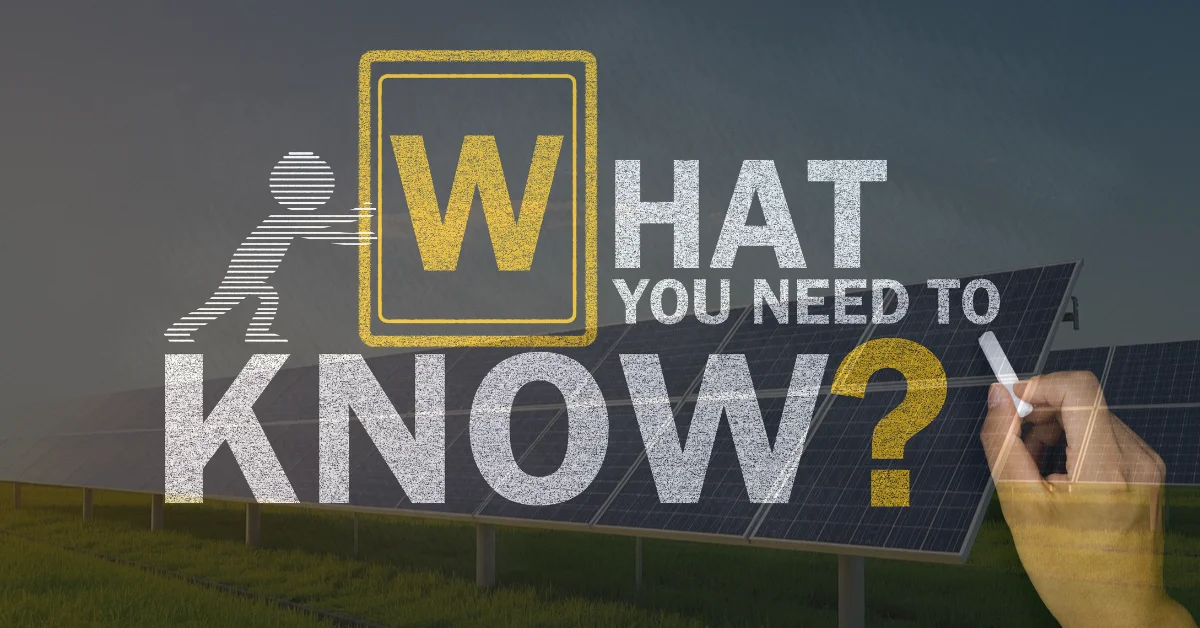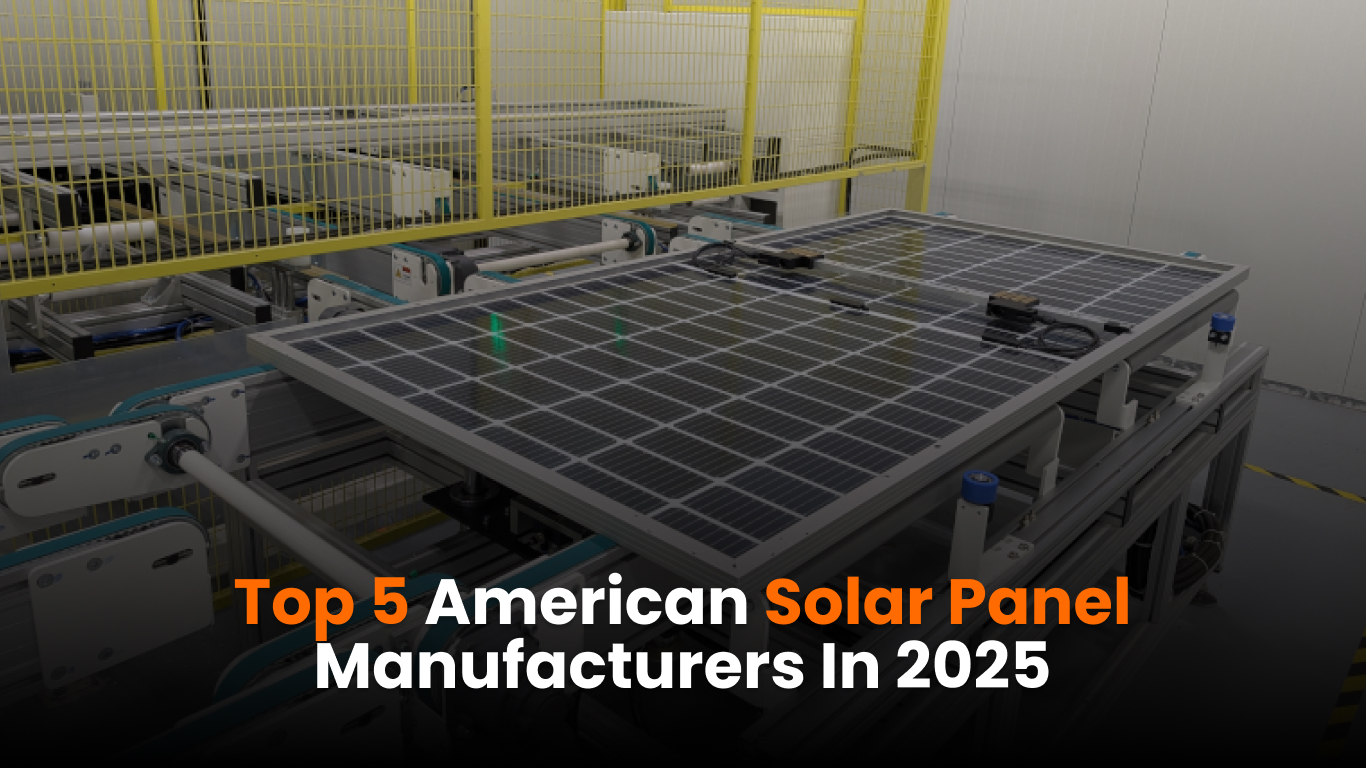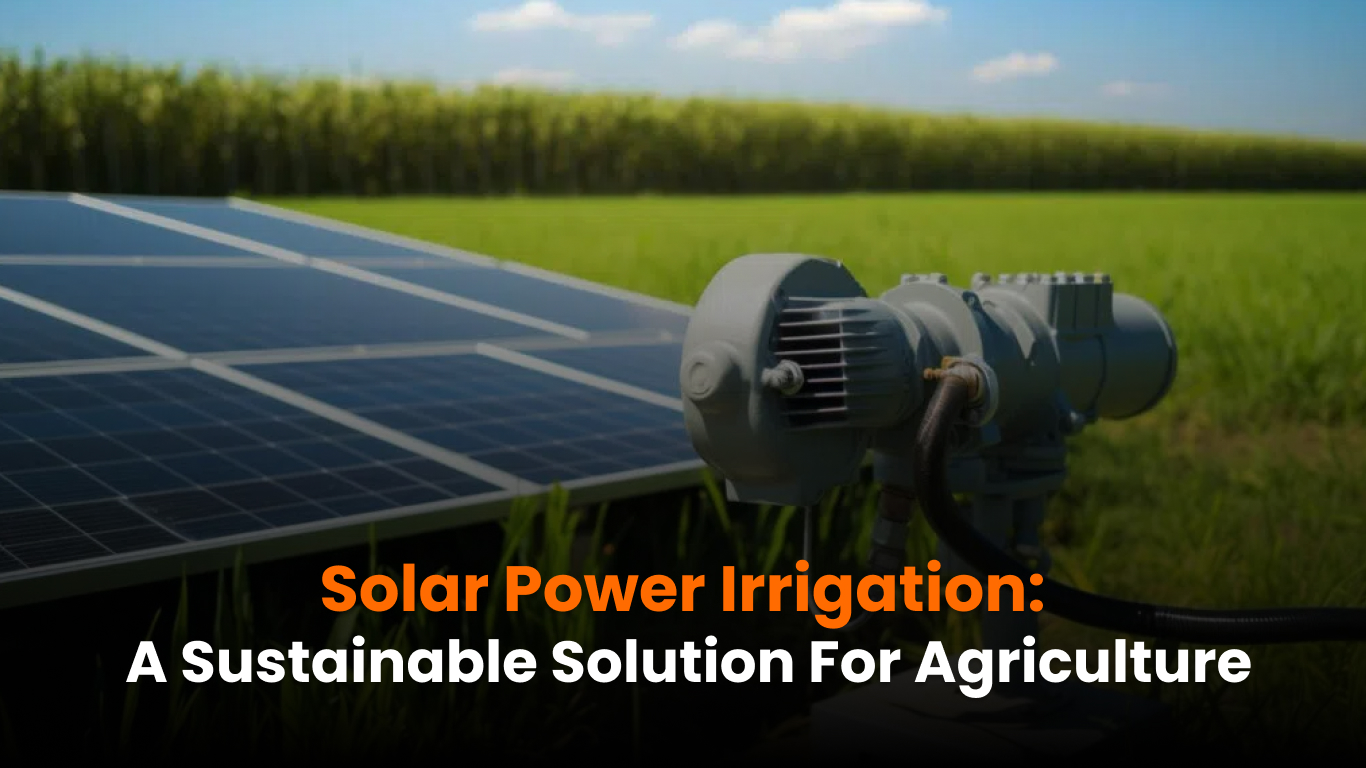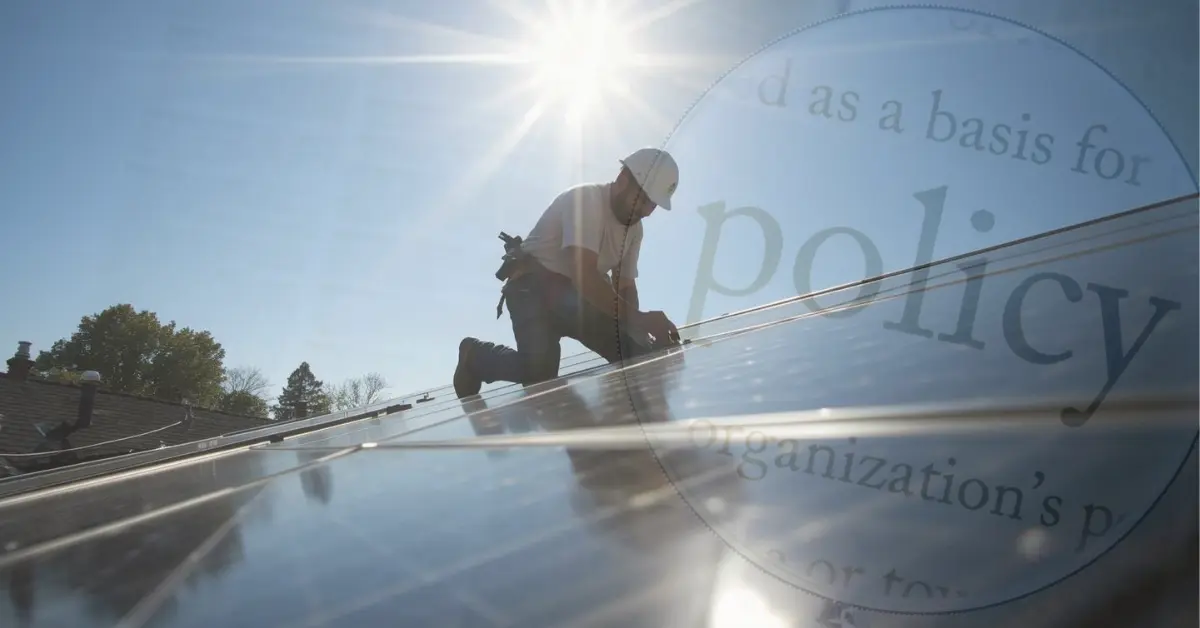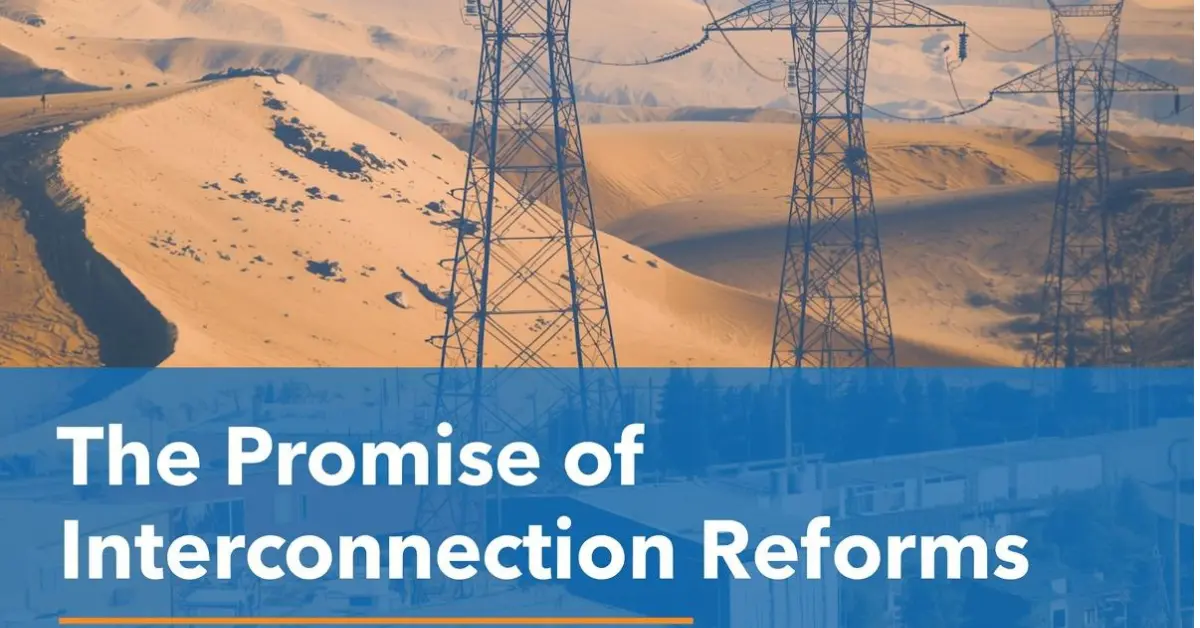- 26 December, 2025
Solar Energy View All
As our world strives to produce more food and clean energy, often on the...
As we reshape how energy is generated, consumed, and managed, a powerful concept is...
Selecting the correct inverter size is a critical decision when designing a solar power...
B2B Solar Marketplace – In the rapidly growing U.S. solar industry, trust and reliability...
California has long been one of the most favorable states in the U.S. for...
As 2025 unfolds, the global energy landscape is shifting faster than ever. For decades,...

